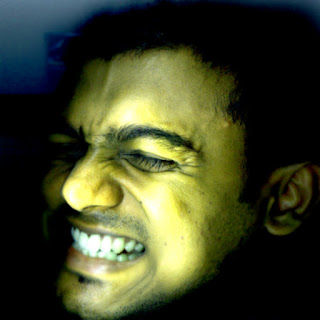There are four major treatments currently available for single tooth replacement:
1. Bonded (Maryland) dental bridges
2. Cantilevered dental bridges
3. Conventional dental bridges and dental implants
When you are deciding which treatment to undergo, it’s important to discuss with your dentist and not to choose based on the duration of the office visit required, but to choose the treatment option that best fits your dental needs.
Bonded (Maryland) Dental Bridges
These bridges utilize neighboring teeth to run a section of metal along the back of the teeth, and fill a gap with a false tooth. This may be the considered option if the surrounding teeth look great and don’t need restoration. This is not a viable option if you play contact sports or grind your teeth.
Cantilevered Dental Bridges
A cantilevered restoration utilizes a single neighboring tooth to support the missing tooth. This can be considered conservative due to full crowns being used to help support the area. The design is typically useful in replacing missing lateral incisors.
Conventional Dental Bridges
This process uses two or more crowns that hook together to support the area of the missing tooth. The failure rate of these bridges can range from 3 percent to 20 percent over 3-23 years.
Dental Implants
A dental implant is a metal screw (titanium positioned into the bone of the missing tooth. The next step is to make a dental crown on top of the implant. This is the most invasive type due to the possibility of bone grafting to ensure the implant stays connected into the bone, to move neighboring teeth out of the way for an implant.
Making a decision like this can be overwhelming but the dentists and staff at Artistic Dental are here to discuss and explain each process in more detail so you can make an informed decision. Our goal is to work with you to find a solution that is best for you and your dental health, and is aesthetically pleasing.

